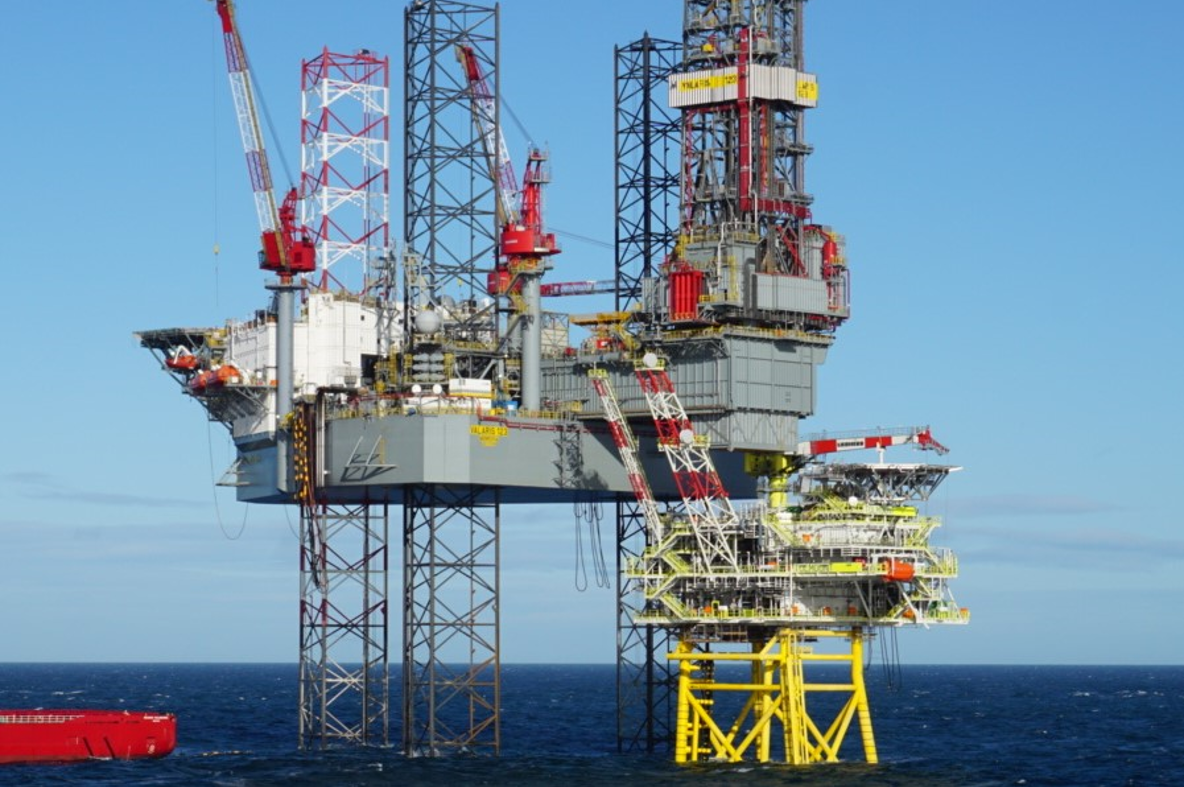The number of exploration wells drilled in a basin can be used as an indicator to predict short to mid-term levels of confidence, but the number of development wells also forms a good statistic to measure levels of activity. For that reason, we had a look at the development wells drilled across the UKCS last year, and compared this against numbers over the past 10 years.
As the graph below illustrates nicely, it did take a year for the level of development drilling to adjust to the new oil price reality that started to emerge in 2014. Confidence then returned slowly, culminating in a 2019 interim high of 108 wells being drilled. However, with the total number of spuds standing at 39 in 2021, the reduction is even more severe than the one observed following the 2014 oil price crash. Is it a result of two factors combined this time – Covid-related and a drop in price? Or is it a sign of the increasing pace of field abandonments across the board?

Let’s have a quick look at the 2021 breakdown in terms of operators and fields
CNR is the most active operator, having drilled a total of nine holes in the Ninian and Columba fields. The high level of activity on Ninian is intriguing, as it is part of the “old” Brent cluster of fields where activity – even development drilling – seems very depressed to non-existent. Ninian was the only UKCS Brent field that saw development wells being drilled in 2021 if the Columba and Ninian fields are combined. It does spark the question why Ninian is worth drilling all these wells whilst all the other UKCS Brent fields don’t.
As expected, Equinor drilled a few more wells (3) on the Mariner field, as well as BP on Clair (4). The only Southern North Sea development wells drilled last year were a gas well on Breagh (Ineos) and one on the Grove field (Spirit).
It is also interesting to see that Apache drilled the Jurassic Storr field again in 2021. As we reported before, this field was thought to be a single well development, but apparently Apache saw potential for an infill well or production was lagging behind. According to the OGA data, it took Apache three attempts to complete the second Storr well, with both the parent hole reservoir section as well as two subsequent side-tracks having been abandoned before the third side-track could be completed successfully.
Given that Apache drilled quite a few exploration wells in the Tertiary injectite plays in the Beryl area in 2019, it is also interesting to see that the company decided not to drill any development wells in the play in 2021. Will attention shift to the Tertiary or is a return to Beryl to be expected? Also, the last Forties development well was drilled in 2020. Is this the beginning of the final chapter for Forties?
Questions
There are lots of questions that can be asked when looking at development drilling statistics. Will 2022 bring a slight uptick in the numbers now that confidence in the market has returned, prices have reached (very) healthy levels, and Covid will finally become more manageable? It could well be that a slight increase will be seen – especially if projects such as Pilot go ahead – but given the longer-term trend of a decreasing number of currently producing fields where further investment is not warranted even at high commodity prices it is hard to imagine a complete resurgence.
HENK KOMBRINK





